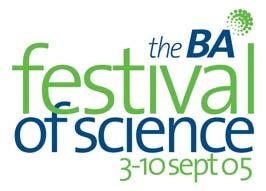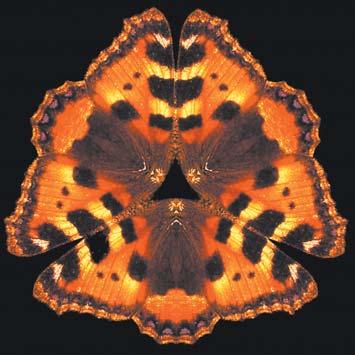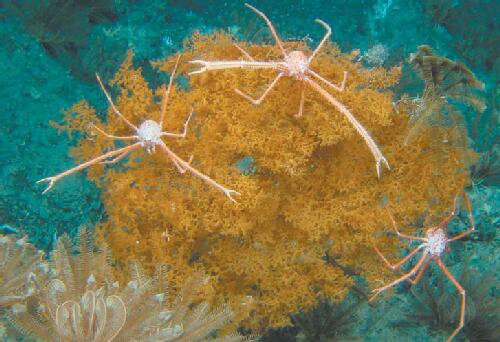| 2005 |

|
YEAR BOOK |
The British Association for the Advancement of Science
|
The 2005 BA Festival of Science
|

Run by the British Association for the Advancement of Science (www.the-ba.net), the UK's nationwide, open membership organisation dedicated to connecting science with people, the annual Festival usually takes place in Britain, with the occasional visit to Dublin or Belfast. This was the first visit to Dublin in decades, and it was brought to Ireland in co-operation with Trinity College Dublin, the Discover Science and Engineering programme, the Irish Department of Education and Science, The Irish Times and others.
Judging from the interested, happy demeanour of the participants walking around the Trinity campus and other venues every day, it was a great success.
"Dublin has embraced the Festival," Joanne Coleman, Festival Manager at the BA, told The Irish Scientist. And although she did not reveal the exact numbers attending, she stated that they were above average.
In fact, Ireland as a whole, not just Dublin, took a liking to the Festival. Over the week, several thousand primary and secondary students from all over the island of Ireland came in their busloads, adding a visual buzz to the campus.
Ms Coleman said that the programme of events was developed with the help and input of groups from Ireland.
"Our ethos at the BA is all about involving the public in science, so it was essential that we were tackling the issues that people saw as relevant to them," Ms Coleman explained. "'From the outset, we consulted with people in Dublin who told us what issues they wanted to see tackled at the Festival."
The BA aims to promote openness about science in society and to engage and inspire people directly with science and technology and their implications, so science was taken out of the laboratories and onto the streets.
Debates, exhibitions, readings, an open-air film screening of Gattaca, and walks though the science sights of Dublin and Trinity, led by science journalist Mary Mulvihill, were included in the Science in the City programme, which was co-ordinated from Dublin City University by Brian Trench and Philip O'Reilly.

As well as taking science out of the labs to the public, there were some opportunities for the public to go into labs. Bell Labs opened its doors, and there were daily tours of the CRANN Centre for Research on Adaptive Nanostructures and Nanodevices. Although the dedicated CRANN building is not due for completion until 2007, research is being done at temporary facilities in Trinity. During a tour in which this writer was part of the audience, it was clear that the members of the public were delighted with the experience of being inside a working laboratory, and by the end of the tour one young person was making serious inquires as to how he could have a career in nanotechnology.

While research from the UK and other countries naturally featured, there was a strong cohort of Irish speakers from all the universities, the Dublin Institute for Advanced Studies and other institutes, the Royal College of Surgeons, hospitals, museums, industrial companies and bodies as diverse as Friends of the Earth and Dublin City Council. The following is just a sample of the presentations.
Padraic Fallon from the Department of Biochemistry at Trinity spoke on asthma. Researchers at Trinity have managed to cure experimental asthma in the lab using a live worm, the first time a human parasite has been used for this purpose.
"The reasons for the dramatic recent increase in allergic diseases are complex," he said. "We believe a major factor is the reduction in parasitic worms, and bacterial or viral infections, in modern 'clean' societies."
The objective is to use molecules from the schistosome worm to treat or prevent diseases, such as asthma and inflammatory bowel disease.
REMEDI, the Regenerative Medicine Institute in NUI Galway, presented a session on stem cells and gene therapy, while the Conway Institute of Biomolecular and Biomedical Research in University College Dublin presented "Beyond the Human Genome". And researchers from the University of Ulster, the University of Limerick, and Dublin City University spoke about 21st century materials.
With Hamilton and Einstein years being celebrated, there were several papers on both scientists. Professor Eoin O'Reilly of the Tyndall National Institute in University College Cork described the work on photons that gave Einstein a Nobel Prize.
Professor Andrew Whittaker of Queen's University Belfast spoke on the work of Schr�dinger, who spent 17 years at the Dublin Institute for Advanced Studies.